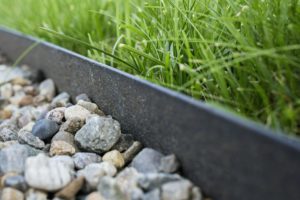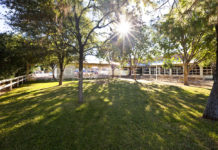The cool season grass is a word means to the type of grass which grows well in the middle to the northern half of the United States country. The cool season grasses are normally have two growing seasons as spring and fall. Some species go via a winter dormancy lasting between one and four months based on the place and severity of the winter season.

This turfgrass will tolerate the cold weather very well. The maintained process of cool season grass differs based on the weather condition of the month. In this article, we are going to explain how to care your spring lawns at different seasons.
- On summer season,
- On fall season,
- On winter season,
On summer season:
The first thing you have to focus on during the summer season is to watering your lawn. Based in the conditions, you may not have to water your yard on the whole summer. This also depends on your expectations.
If you wish to maintain a lush, perfect lawn on the heat summer you are more than likely going to need to help Mother Nature out. Whatever it is, you can tolerate slight discoloration and the bluegrass can survive by Turing dormant at the extreme drought. The dormant grass will look yellow and dead but it will turn green once the rain comes again.
It is a best to water your lawn in the early hours of the day anywhere from 4 am to 12 noon. The cooler night and morning temperatures minimize the evaporation loss and minimize the amount of water needed for your lawn.
In addition to that, you can follow this schedule to reduce the fungus pressure on your lawn by permitting the turf to dry in the afternoon.

Fungus:
The biggest concern with a cool season grass in the transition zone is fungal infections which strike when nighttime’s weather is warm and humid. The fungus is an airborne spore which enters the plant through the tips of the blade.
You can confirm fungal infections by taking a close look at the blades. If the blade is green firm the crown of the plant you need to put then turns yellow and brown towards the tip.
On the fall season:
On the fall season, you need to aerate the grassland. The fall is the best time to renovate the cool season lawns. The aeration relieves the compaction and permits the air to reach the roots of your lawn. It is best to use a core aerator which actually eliminates the small cores from your lawn.
Overseeding:
The overseeding of your lawn is best done after aerating in the fall. The overseeding will fill in any areas which may have died off at the time of previous year. You need to make sure that is suggested in your area.
On the winter season:
As temperatures get colder, the most cool-season yard will enter a winter dormancy where they turn greenish yellow and remain this way until spring comes.




